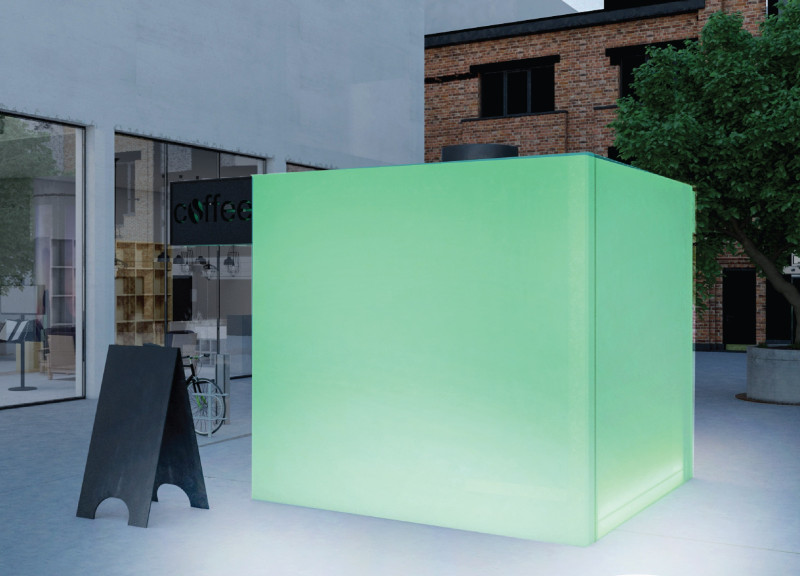5 key facts about this project
The design employs a well-considered selection of materials that enhance both the visual texture and the structural integrity of the project. This includes the use of concrete, which provides a strong and durable foundation, alongside timber elements that add warmth and natural beauty. Glass is extensively incorporated, facilitating natural light penetration and creating a sense of openness within the spaces. The careful interplay between these materials not only contributes to the building's aesthetic value but also ensures it meets sustainability criteria—allowing for energy efficiency and environmental responsiveness.
The layout of the project is designed around the principles of human-centric architecture, with spaces that encourage interaction and flexibility. Open-plan areas are juxtaposed with private offices, ensuring a balance between communal activities and quiet, focused work. The circulation is intuitive, guiding users through the building without confusion, while the strategic positioning of windows offers views of the surrounding landscape, seamlessly connecting the interior with the exterior. This thoughtful placement helps to foster a sense of tranquility and well-being for the occupants.
Unique design approaches are evident in several aspects of the project. One noteworthy element is the integration of green spaces within the structure. Rooftop gardens and vertical green walls do not merely serve as aesthetic enhancements; they also contribute to the building's sustainability by improving air quality and enhancing thermal comfort. These features invite nature into daily life, promoting a healthy environment for users.
Another distinctive aspect is the incorporation of smart building technologies. By utilizing advanced digital solutions, the project supports efficient resource management, adjusting heating, cooling, and lighting based on occupancy and natural conditions. This feature not only enhances user comfort but also reduces operational costs, aligning with modern expectations for smart architectural design.
Throughout the design process, consideration was given to the cultural context of the geographical location. The architectural choices reflect local traditions and materials, ensuring that the building feels integrated within its community. This respectful nod to its surroundings fosters a sense of place, creating a landmark that is both recognizable and relatable.
Through collaborative efforts with landscape architects, the external environment complements the internal spaces, creating a holistic environment conducive to both work and leisure. By fostering a seamless transition between the indoors and outdoors, the project underscores the importance of nature in urban design.
For those interested in delving deeper into this architectural endeavor, reviewing the architectural plans, sections, and designs will provide further insight into the complexities and nuances of the project. The careful documentation of the architectural ideas behind this work invites exploration and discussion, highlighting the thoughtful considerations taken during its conception and execution. Engage with the provided materials to fully appreciate how this project embodies the principles of modern architecture while addressing the needs and values of its community.


























